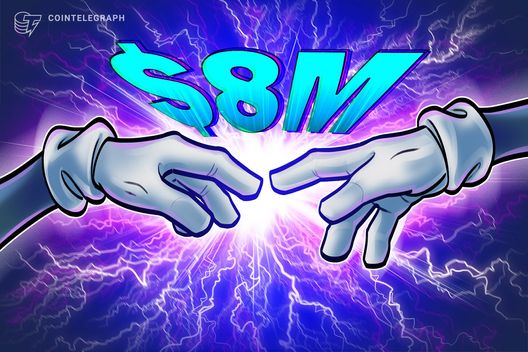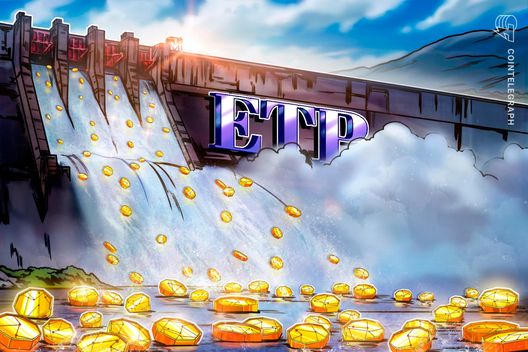Crypto News
Tether CEO says AI bubble is Bitcoin’s biggest risk in 2026

Tether CEO Paolo Ardoino says an AI-driven bubble could shake Bitcoin, and shares his outlook on Europe, DATs and tokenization in 2026.
Published Date: 2025-12-18 15:00:00Creator: Cointelegraph by Helen Partz
Read More
Ether down 42% from all-time high: Where will ETH price bottom?

Ether has dropped below $3,000 and is down 42% from its record high, prompting traders to question where the next bounce zone for the ETH price might be.
Published Date: 2025-12-18 14:46:24Creator: Cointelegraph by Nancy Lubale
Read More
DAT longevity hinges on avoiding ‘mNAV roller coaster’: Solmate CEO

“Pure play” digital asset treasury companies will have to contend with volatility tied to the net asset value of their token holdings if they don’t build successful business ventures.
Published Date: 2025-12-18 13:34:30Creator: Cointelegraph by Gareth Jenkinson
Read More
Attacker takes over multisig minutes after creation, drains up to $40M slowly

Forensic analysis suggests an attacker took control of a whale’s multisig wallet minutes after creation and has been slowly draining funds since.
Published Date: 2025-12-18 13:12:47Creator: Cointelegraph by Amin Haqshanas
Read More
Crypto losses near $3.4B as hackers went ‘big game hunting’

Three major incidents accounted for the majority of crypto losses in 2025, while upgraded security across DeFi protocols managed to keep hackers at bay, according to Chainalysis.
Published Date: 2025-12-18 13:00:00Creator: Cointelegraph by Stephen Katte
Read More
Kraken-backed xStocks launches on TON Wallet in ‘nearly all markets’

The rollout provides Telegram users with access to tokenized US stocks via a self-custodial wallet, but it will not be available in the US at launch.
Published Date: 2025-12-18 12:35:47Creator: Cointelegraph by Helen Partz
Read More
Aave founder outlines 2026 ‘master plan’ after end to SEC probe

Aave’s 2026 plan focuses on scaling via v4's Hub and Spoke architecture, $1 billion in real-world assets, and growing its new mobile app.
Published Date: 2025-12-17 02:12:59Creator: Cointelegraph by Brian Quarmby
Read More
Tether leads $8M funding for Lightning startup focused on stablecoins

Speed, which leverages the Bitcoin Lightning Network to facilitate USDT transfers, has secured $8 million from Tether and Ego Death Capital.
Published Date: 2025-12-17 01:28:07Creator: Cointelegraph by Brayden Lindrea
Read More
Crypto ETPs to enter ‘cheesecake factory’ era in 2026: Bitwise

The number of crypto exchange-traded products is going to “accelerate forward at ridiculous speed” in 2026, according to Bitwise researcher Ryan Rasmussen.
Published Date: 2025-12-17 01:06:48Creator: Cointelegraph by Ciaran Lyons
Read More
Bank of Canada lays out criteria for ‘good money’ stablecoins

Canada’s central bank will approve only fiat-backed, high-quality stablecoins to ensure they are “good money” as part of the country’s plan to modernize its financial system.
Published Date: 2025-12-17 00:03:00Creator: Cointelegraph by Brayden Lindrea
Read More